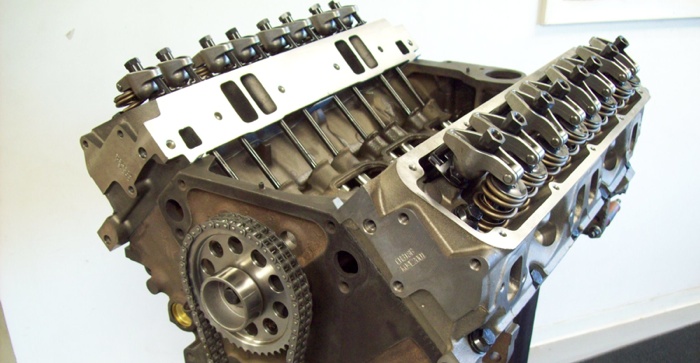In October 1964, Babcox Publications printed and mailed Volume 1, Issue 1 of Automotive Rebuilder, starting a 50-year history of serving the automotive parts rebuilding industry. No one can say the trip has been easy. We’ve had a lot of history, some of which has been up and down. We’re moving a lot faster today than when we first started, and we’ve left some long trails in this industry. Last month, we reminisced on 50 years of the automotive aftermarket industry. Read the whole article here.














